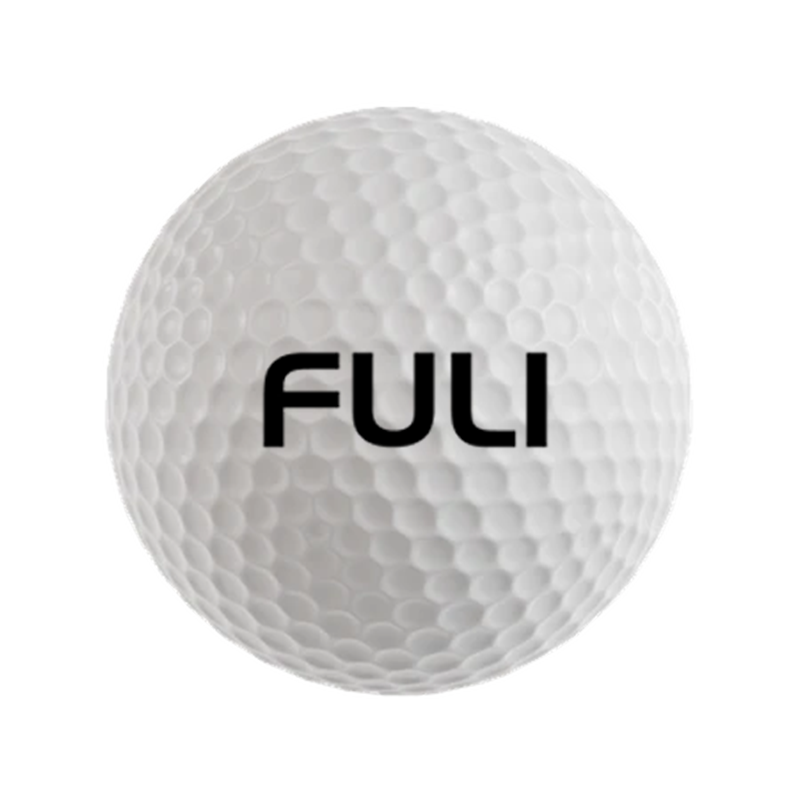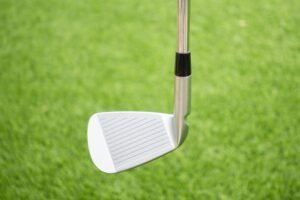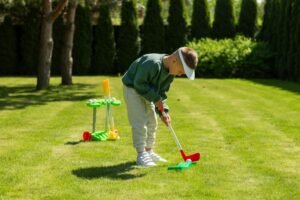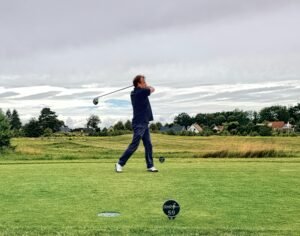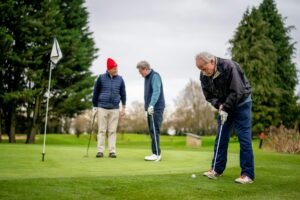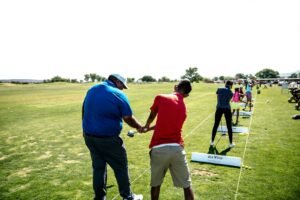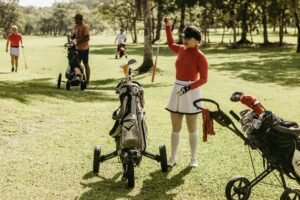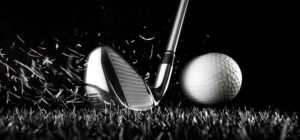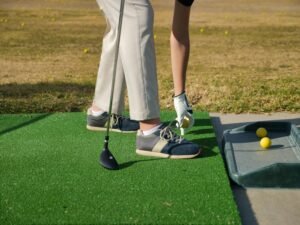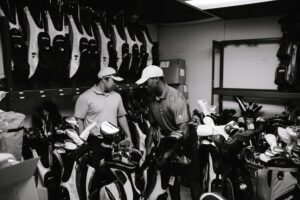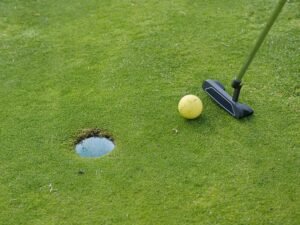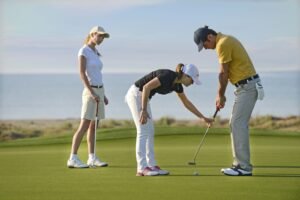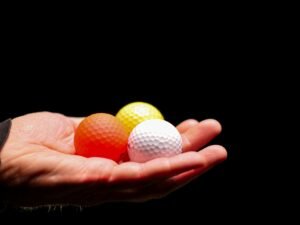
I hope you enjoy reading this blog post.
If you are looking professional golf manufacturer.
Golf Test Guide
June 20, 2025
The choice of golf ball is undoubtedly a key factor affecting the performance of players on the course. In the market, different brands and models of golf balls have significant differences in flight distance, control performance, feel and so on.
For professional players, the right golf ball can help them hit the ball accurately on the field and achieve excellent results. For amateurs, picking the right ball can also greatly enhance the playing experience. In order to find the best golf ball for you, the trial round is crucial. Next, this article will give you a comprehensive and detailed explanation of how to test play when choosing a golf ball.
Preparatory Work
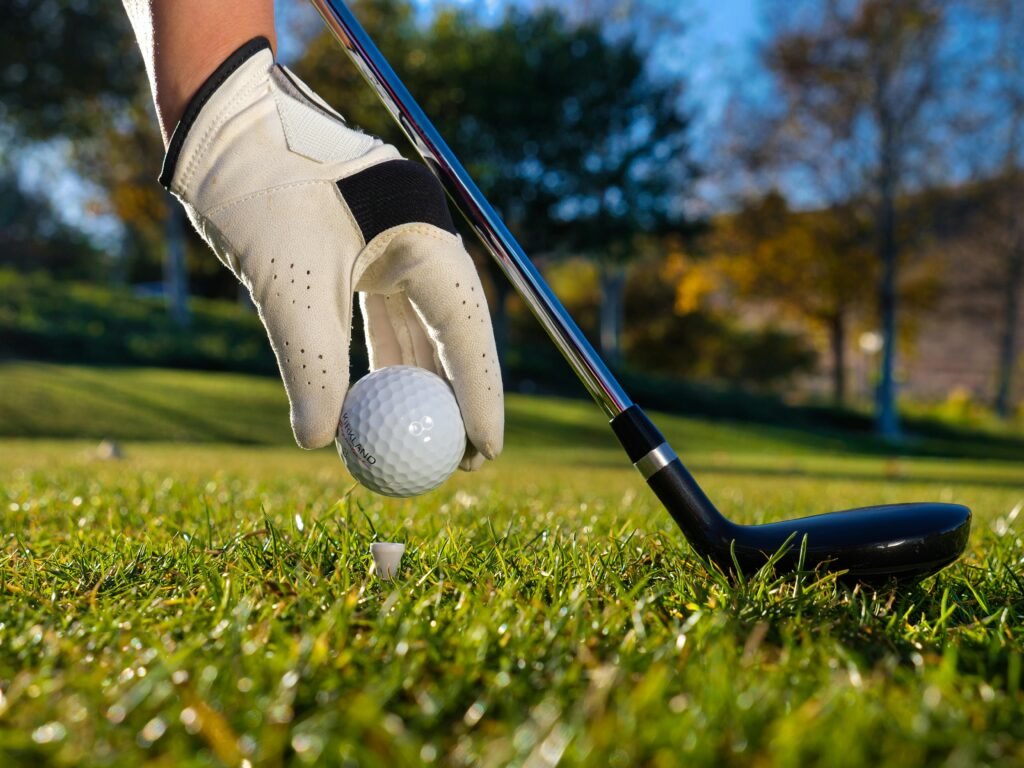
Know Your Swing
Know your swing speed, Angle, and propensity to hit the ball well before you try. Is an important start towards a successful trial. The speed of the swing directly determines the initial kinetic energy acquired by the golf ball. In general, a player with a fast swing, such as a professional player. They have a powerful swing and need to choose a ball that travels farther and has more elasticity. Some high-end models, like Titleist, can hit the ball farther with the help of a high-speed swing. The Angle of the shot affects the trajectory and landing of the ball, such as players with steeper angles.
The Angle of the short shot near the green is too large, this type of player is more suitable for the high trajectory of the ball. Because the ball gets better lift, it’s easier to control the roll when it lands. In terms of the tendency to hit the ball, if the player is prone to right-side (Slice) or left-side (Hook), the design of some golf balls can correct these deviations to some extent.
Players can seek an evaluation from a professional golf instructor, who has extensive experience and can pinpoint problems with the swing. You can also use a golf swing analysis APP, such as “a golf assistant”. You can obtain swing speed and other data by photographing the swing action on your phone.
Collect Candidate Ball Payment Information
The current golf market is extremely rich, many brands, and the ball is dizzying. There are many ways to get information. On the Internet, all kinds of golf forums and brand official websites have detailed introductions of ball models. Professional assessment articles are often found in golf magazines.
Golf Masters magazine, for example, regularly compares the performance of different brands of golf balls. The communication between the players can not be ignored, and the experience shared by the players is often very practical. Take the Titleist Pro V1 as an example, with its excellent control performance and backspin effect, it is favored by high-level players who pursue accurate shots, and it frequently appears in professional events.
Callaway Chrome Soft focuses on soft feel and long range flight. It is very friendly to amateur players with moderate swing speed, and can be seen in many amateur games. According to their own budget and needs, the preliminary selection of 3-5 candidate golf balls, in order to focus on the subsequent trial.
Choose The Right Venue
The ideal venue needs to meet several conditions. The length and width of the course should be sufficient, like some large driving ranges. The fairway stretches for hundreds of meters and is dozens of meters wide. The player is able to fully observe the flight trajectory of the ball after hitting it from the tee. You can clearly see the arc of the ball in the air and the rolling situation after landing.
The venue should be equipped with professional tee and fairway turf, as far as possible to simulate the real course environment, so that the test results will be more valuable for reference. Some high-end driving ranges have special test areas, and are also equipped with high-speed cameras and ball flight trajectory analysis equipment. These devices can accurately measure the ball’s flight distance, speed, rotation rate and other parameters.
For example, high-speed cameras capture the flight moment of the ball and analyze it with professional software. It can accurately draw the data of the ball and provide scientific basis for the test play. If conditions permit, choose a time period in different weather conditions to test. Like breezy days and windless days. The wind has a great influence on the flight of the golf ball, and the ball may be deflected in the breeze. Knowing how the ball behaves in different weather by playing it on trial can make the selection more comprehensive.
Trial Process

Warm Up Stroke
Before the official test of the candidate ball, first with their usual golf ball for 10-15 minutes to warm up the shot. This can not only move the joints of the body, but also avoid sports injuries such as sprains when hitting hard in the future. It can also help players get into the best batting condition and ensure the accuracy of subsequent test results.
To warm up, players start with easy swings. Gradually pick up speed and find your familiar swing rhythm and power. Just as athletes warm up before the game, prepare for the formal “battle”.
Batting Test
Distance test:
Start the distance test from the tee, choose the same club, generally recommend the first wood. Because of its long rod body and small clubface inclination, it can show the flight distance performance of the ball to the greatest extent. Play 5-8 shots of each candidate golf ball. Try to keep each swing as consistent as possible during the stroke. The range of rotation of the body, the way of arm force, etc., should be stable.
The flight distance of the ball can be observed with the help of the ranging equipment provided by the playing field. Such as laser rangefinder, accurate measurement of the actual distance of the ball flight. Estimates can also be made by looking at where the ball lands on the fairway in relation to the fixed marker. Compared with different balls, those balls that fly a significantly longer distance and have less fluctuation in the distance of each shot are more stable, worthy of attention
Control test:
Select a specific target area. Like a pre-set marker on the fairway, or a cup on the putting green. Test shots with irons, such as 7-iron. At this time, the focus is on the accuracy of the ball’s landing and the rolling control after the shot.
A good golf ball should be able to accurately land near the target area when the player hits the ball accurately, and the rolling distance and direction after landing are predictable. If the ball rolls irregularly after landing. For example, suddenly changing the direction, or deviating far from the target, the high probability indicates that the ball is insufficient in terms of control performance.
Feel test:
At the moment of hitting the ball, evaluate the softness and elastic feedback of the ball through the feeling of the hand. Soft balls, such as certain brands that focus on a comfortable feel. Hitting the ball gives a soft, comfortable touch, as if there is a cushion between the hand and the ball. The harder ball has strong feedback, and the impact of the ball and the club face can be clearly felt at the moment of hitting the ball.
Different players have different preferences. Some players think that the soft feel can better feel the strength and direction of the ball, and are more confident when making fine shots. Some players prefer the harder ball, believing that it can provide clearer feedback on the stroke and more accurate judgment of the state of the stroke. When trying to play, you should pay attention to the feeling of each ball hitting the hand instantly. To choose the most suitable for their own feel type.
Spin test:
Spin has a significant impact on the flight trajectory and landing performance of the golf ball. Use the dig up rod for a close shot test to observe the spin of the ball after hitting. A ball with high spin has a distinct advantage on the green. It can stop quickly after landing, so that players can accurately stop the ball near the hole cup. A ball with a low spin travels farther, but may roll more when it lands.
Players through trial play, combined with their own needs in the green, cutting and other different stroke scenarios. Determine the desired spin performance of the ball, and then select the spin performance of your own play style of the ball.
Comprehensive Assessment
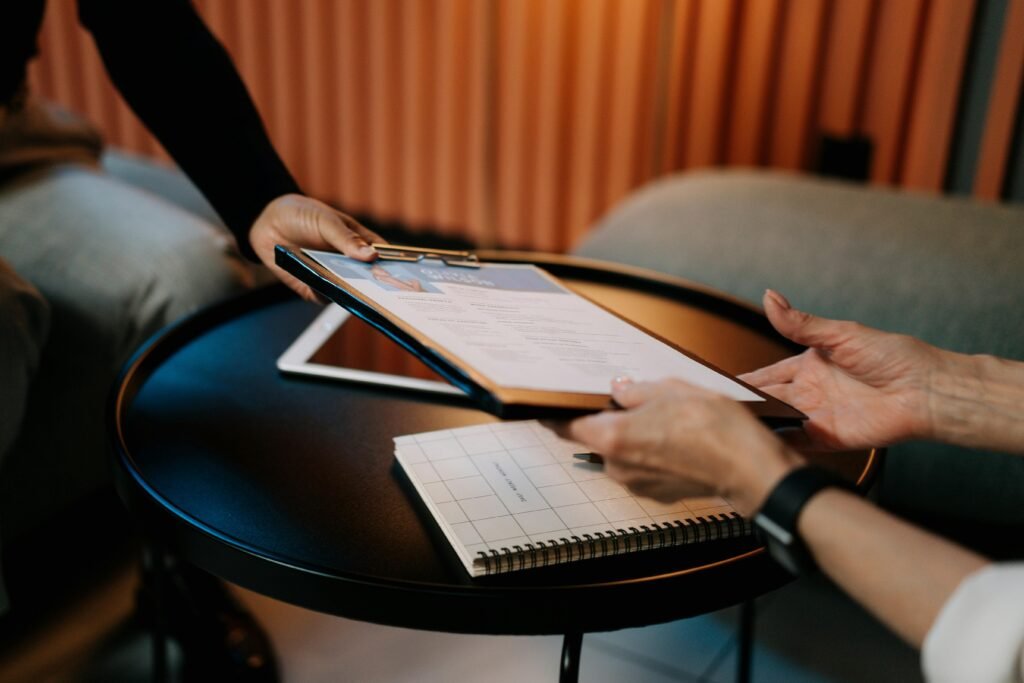
After completing the various tests for each candidate golf ball, the collected data and feelings are evaluated comprehensively. Create a simple table and rate the performance of each ball on distance, control, feel, spin, etc. On a scale of 1-5, 5 is the best. For example, a ball that flies a long distance and is stable in the distance test can score 4 points. In the control test, the drop point is accurate and the roll is easy to control, scoring 4 points. If the handle matches your preference, it’s a 3. Spin performance is excellent on the greens, giving 4 points.
Next, consider what you value most on the court. If the player is more focused on hitting the ball from long range, the weight of the distance factor can be set to 40%. If precise control is pursued, the weight of the control factors is set to 50%. According to the weight of each factor, the overall score of each ball is calculated. The golf ball with the highest score is most likely the golf ball that suits you best.
The Decision After The Trial

Reconfirm Requirement
Review your golf needs again before making a final purchase decision. Consider the frequency of play, if it is a high-frequency player who plays every week, long-term use factors such as the durability of the ball need to be considered.
In terms of level improvement goals, players who want to improve their results and pursue more accurate shots have higher requirements for the performance of the ball. Budget constraints should not be ignored, and professional players may pay high prices for professional-grade golf balls in pursuit of extreme performance.
For amateurs who occasionally play, a ball that is cost-effective and can meet basic needs is more suitable. To ensure that the selected golf ball not only performs well in trial play, but also fits the needs of long-term use.
Buying Advice
If conditions permit, it is recommended to buy whole boxes or boxes of golf balls rather than individual or small quantities. Take a brand of golf balls as an example, a single price of 10 yuan, the whole box (12) to buy only 100 yuan. There is an extra discount for full box (10 boxes), which can save a lot of money.
At the same time, it is necessary to properly retain the records and data during the trial. In the subsequent use can be compared and evaluated to see whether the actual playing effect is consistent with the test. If you have doubts about the test results, you can consult the staff of the golf shop, they are familiar with the characteristics of the various balls. You can also consult a professional coach, the coach can give more targeted professional purchase advice according to the test situation and personal characteristics.
Through the trial process of the above system, players can choose the golf ball that suits them more accurately. Play better on the course and enjoy the game of golf.
FAQS
How do I choose the right golf ball for my skill layer?
Beginners should start with two-layer balls for ease of use and affordability. Intermediate players might benefit from three-layer balls for better control.
Advanced players can explore four or five-layer options to enhance their performance.
Are more layers always better?
Not necessarily. While more layers can offer advanced performance features, they may not be suitable for every player.
Beginners might find multi-layer balls harder to control, while more experienced golfers can benefit from the added complexity.
What is Fuli lead time?
Usually, we ship orders in 2 weeks. But it will take a little longer if we have the heavy burden of production tasks. It also takes more time for customized products.
Can the weather affect the choice of golf ball?
Absolutely. In colder weather, a softer ball might provide better feel, while in warmer conditions, a firmer ball might maintain distance better.
Additionally, wet conditions may call for balls that offer better traction and control.
How often should I change my golf balls?
Golf balls should be replaced if they show visible signs of damage (scrapes, cuts) or if you notice a decline in performance.
Regular players may want to change balls every few rounds, while casual players can go longer.
Leave a Reply
Your email address will not be published. Required fields are marked *
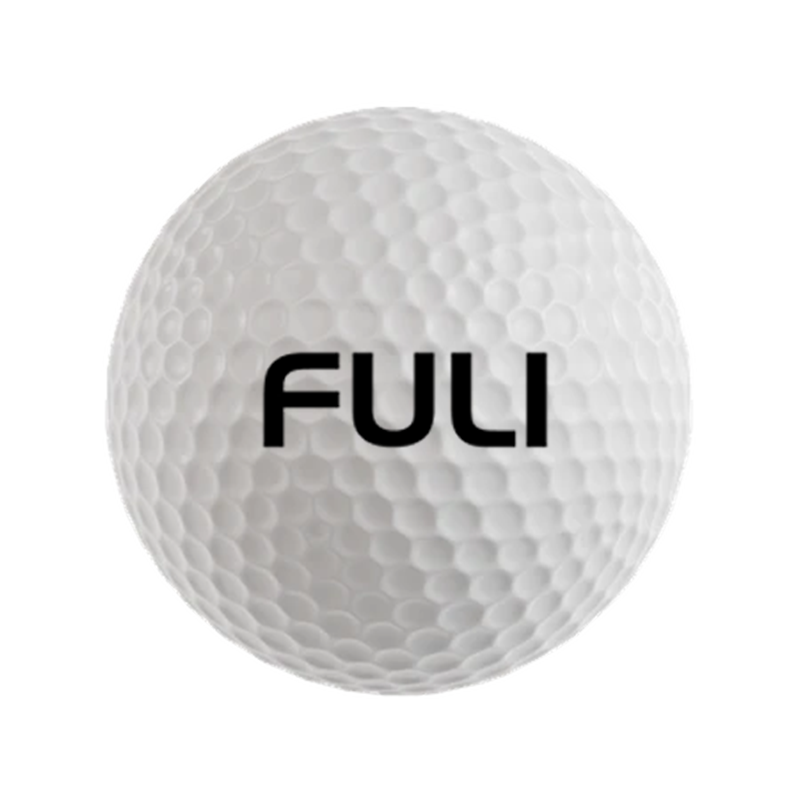
Are you looking for
GOLF BALL?
Offers Suitable Golf For Wholesalers And Professionals

